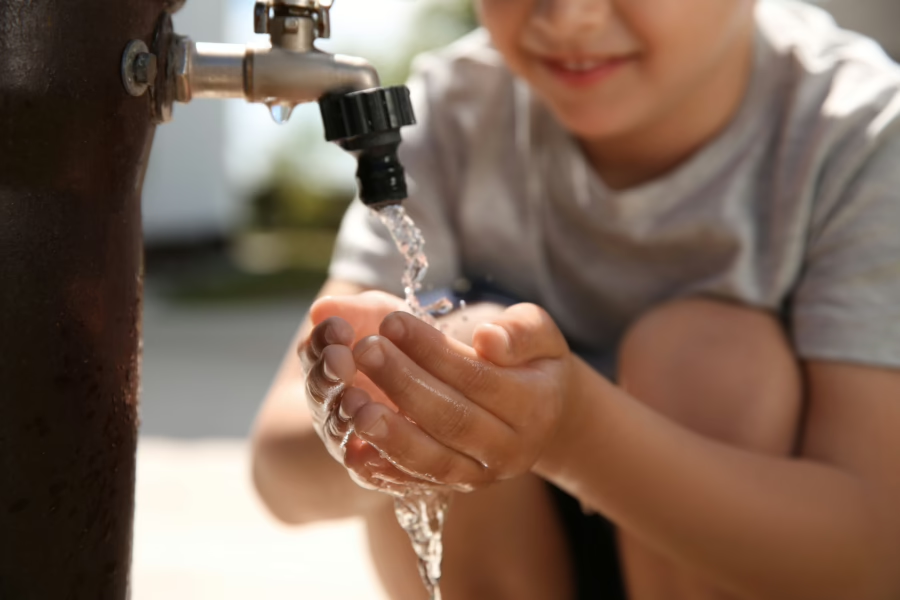Of all the devastating images and discouraging news that came out of Puerto Rico after Hurricane Maria, one nagging stat was both hard to fathom and hard for television media to convey through pictures: millions of Americans are living without water service.
Imagine trying to go a day without water. No water to drink, brush your teeth, wash your hands, or flush the toilet. Even in a vacuum, where electricity and gas service was uninterrupted and you could easily drive to work on an unobstructed road, not having access to reliable water service would be a major inconvenience. If you were a firefighter or worked in a hospital, it would be dangerous. And if you multiply this out beyond just a day but to weeks, it is a major public health crisis.
The typically invisible job of water and wastewater utilities is to bring clean, safe, reliable drinking water to homes and businesses 24/7/365. And wastewater utilities take water away, down the faucet or when you flush the toilet, to treat it and release clean effluent back into the environment. The pipes are underground, Americans typically pay a utility bill once a month or once a quarter that is in line with their other utilities, or cheaper, and we’re not asked to think much about our water.
But in a disaster, like what Puerto Rico and the U.S. Virgin Islands, or Houston, or the Florida Keys have been experiencing, water service becomes top of mind. Or another kind of disaster, like what happened in Flint, Michigan. People can’t live without water. It is truly a public health and safety issue. And it demands that we all think more about our water and wastewater service, because we can’t afford to take it for granted any longer.
The truth is, many water systems in this country are a century old or older. They were built for populations and communities that look very different today than they did 100 years ago. There is too much water in some places that experience persistent flooding, and not enough water in places where drought is the new normal. And infrastructure that was built with a 50-year lifespan has been relied upon for decades longer, pushing it to the brink.
That is why more than 600 organizations have come together for Imagine a Day Without Water, an annual education and advocacy day that asks Americans—and our elected leaders that make decisions about infrastructure investment—to think about our often-overlooked water systems. Across the country today, organizations from aquariums to coffee shops, utilities to city halls, are doing things to raise awareness about water. There are beer tastings using recycled water and workshops on how to reuse and recycle water onsite. There are rain barrel giveaways and open house tours so people can see first-hand how water treatment and processing works.
Estimates are that we are under-investing in our water infrastructure systems by $81 billion a year to get our systems up to what engineers call “a state of good repair.” The opportunity is huge – if we fully invested in our water systems, we could create 1.3 million jobs and build stronger communities that can thrive. And the cost of inaction is equally huge—if we had a nationwide day without water, our GDP would shrink by $22.5 billion dollars. In just a day.
In a time where so many people are divided on what they’d like to see the federal government do, this is one policy area that unites us: 82 percent of Americans thing rebuilding our water infrastructure is important or extremely important. Infrastructure, and specifically water infrastructure, ranks above every other policy area in terms of what the public would like Congress and the Trump Administration to address.
We hope everyone will use Imagine a Day Without Water as an opportunity to learn more about where their water comes from and spend a minute to think about the systems that bring water to your tap and take it away when you flush. And if you value that essential service, consider what we are going to need to do as a country to ensure no community ever has to go a day without water again.


